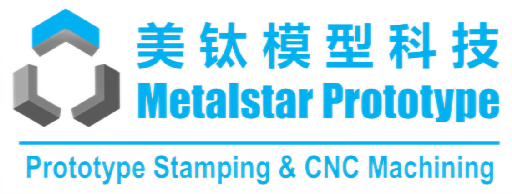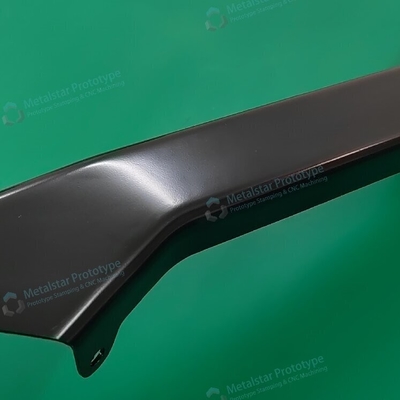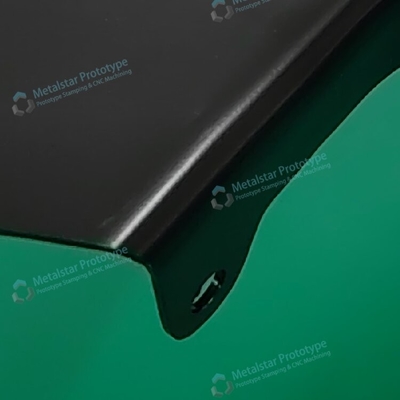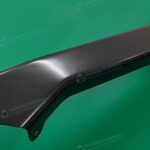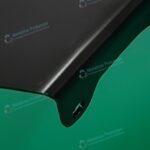Description
| Raw Material Type: | AL Alloy 5052-H32 T=1.50+/-0.02mm | Process Type: | Rapid Sheet Metal Fabrication And Stamping |
|---|---|---|---|
| Fabrication Tolerances: | +/-0.75mm Or Up To +/-0.25mm | QC Policy: | Strictly Inspection For 100% Parts |
| Supply Capacity: | Rapid Prototyping, Low Volume Production | Shipping Way: | World-wide Express, Air Freight, Sea Freight |
| Highlight: |
1.2mm aluminum sheet metal fabrication,1.2mm prototype sheet metal fabrication,vehicle aluminum sheet metal fabrication |
||
The main differences between aluminum 5052-H32 and aluminum 6061-T6 for aluminum sheet metal fabrication are as follows:
| Raw Material Properties | ||||||||||||
| Material Grade/ Description |
Chemical Composition (weight %) | T.S (Mpa) |
Y.S (Mpa) |
EL | Hardness | |||||||
| (Cu) | (Si) | (Fe) | (Mn) | (Mg) | (Zn) | (Cr) | (Ti) | |||||
| Aluminum 5052-H32 | <=0.1 | <=0.25 | <=0.40 | <=0.1 | 2.2~2.8 | <=0.1 | <=0.1 | NA | 170~305MPa | >=90Mpa | >=10% | 120-160HB |
| Aluminum 6061-T6 | 0.0043 | 0.6 | 0.4 | 0.0061 | 0.9 | 0.0070 | 0.2100 | 0.0140 | 340Mpa | 315Mpa | 8.0% | 90-95HBW |
Strength and Hardness:
Aluminum 6061-T6 has higher tensile strength (45 ksi vs. 33 ksi) and hardness (95 HRB vs. 70 HRB) compared to 5052-H32.
This makes 6061-T6 more suitable for applications requiring higher structural integrity and load-bearing capabilities.
Corrosion Resistance:
Aluminum 5052-H32 has superior corrosion resistance, particularly in marine environments and other conditions with high exposure to chemicals or salt.
5052-H32 is often preferred for outdoor applications, transportation, and marine equipment where corrosion resistance is crucial.
Formability:
Aluminum 5052-H32 has better formability and can be more easily bent, shaped, or stamped into complex geometries.
This makes 5052-H32 a better choice for parts that require intricate fabrication or stamping, such as complex housing designs or decorative elements.
Weldability:
Aluminum 6061-T6 is generally considered easier to weld compared to 5052-H32, making it more suitable for fabrication processes that involve welding.
6061-T6 is often preferred for applications that require extensive welding, such as in the construction of frames, supports, or structural assemblies.
Cost:
Aluminum 5052-H32 is typically less expensive than 6061-T6, making it a more cost-effective option for certain sheet metal fabrication projects.
In summary, the choice between aluminum 5052-H32 and 6061-T6 for sheet metal fabrication depends on the specific requirements of the application, such as the desired strength, corrosion resistance, formability, weldability, and cost considerations. 5052-H32 may be preferred for parts that require excellent corrosion resistance and complex shaping, while 6061-T6 is often chosen for applications that demand higher structural integrity and ease of welding.
